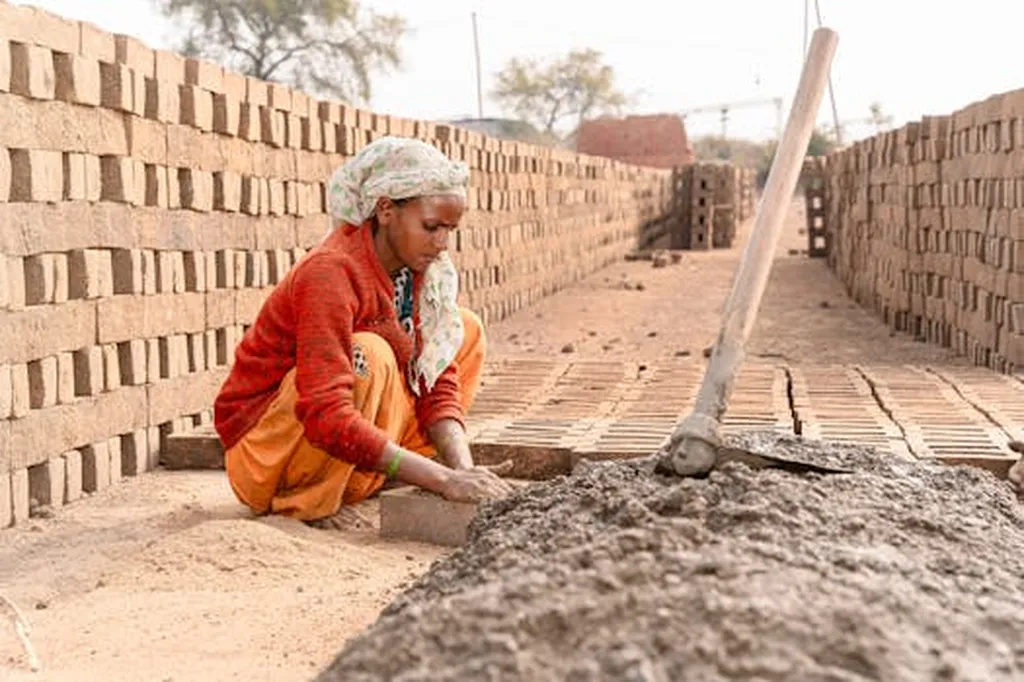In the quest for sustainable construction materials, researchers have turned to an unlikely ally: polyvinyl alcohol (PVA). A recent study, led by Salman Farooq from the Department of Civil Engineering at the University of Engineering and Technology, explores the potential of PVA-stabilized compressed earth bricks to enhance the performance and durability of structures. Published in the journal *Discover Civil Engineering* (translated as “Exploring Civil Engineering”), the research offers promising insights into reducing the environmental impact of construction while maintaining structural integrity.
Earth bricks have long been celebrated for their sustainability, affordability, and thermal insulation properties. However, their widespread adoption has been hindered by poor compressive strength, high water absorption, and durability issues. Farooq and his team aimed to address these challenges by incorporating PVA as a stabilizing additive, thereby reducing the reliance on cement—a significant contributor to CO2 emissions.
The study involved creating bricks with a consistent 5% cement content and varying proportions of PVA (3, 4, 5, 6, and 7%). The results were compelling: bricks containing 5% PVA exhibited the highest improvements in compressive strength, water resistance, and durability compared to other mixes. “The addition of PVA not only enhances the mechanical properties of the bricks but also significantly reduces their water absorption, making them more suitable for use in flood-prone areas,” Farooq explained.
While the environmental impact of PVA is minor compared to that of cement, the study underscores the importance of considering the overall sustainability of construction materials. Farooq emphasized that PVA is not a direct substitute for cement but rather a synergistic agent that can achieve similar performance with a significantly reduced cement content. “This approach aligns with the growing need for low-carbon, high-performance building materials, particularly in the face of climate change and resource scarcity,” he added.
The findings have significant implications for the construction industry, particularly in regions where affordable housing and climate-resilient infrastructure are critical. By reducing the cement content in earth bricks, the study offers a sustainable and scalable solution that could revolutionize the way we build. As the world grapples with the challenges of urbanization and environmental degradation, innovations like PVA-stabilized earth bricks could play a pivotal role in shaping a more sustainable future.
For professionals in the energy sector, this research highlights the potential for integrating sustainable materials into construction projects, thereby reducing the carbon footprint of buildings and infrastructure. As the demand for eco-friendly solutions continues to grow, the insights from this study could pave the way for new developments in low-carbon construction technologies.
Published in *Discover Civil Engineering*, this research not only advances our understanding of sustainable construction materials but also sets the stage for future innovations in the field. As the construction industry continues to evolve, the findings from Farooq’s study offer a beacon of hope for a more sustainable and resilient built environment.

